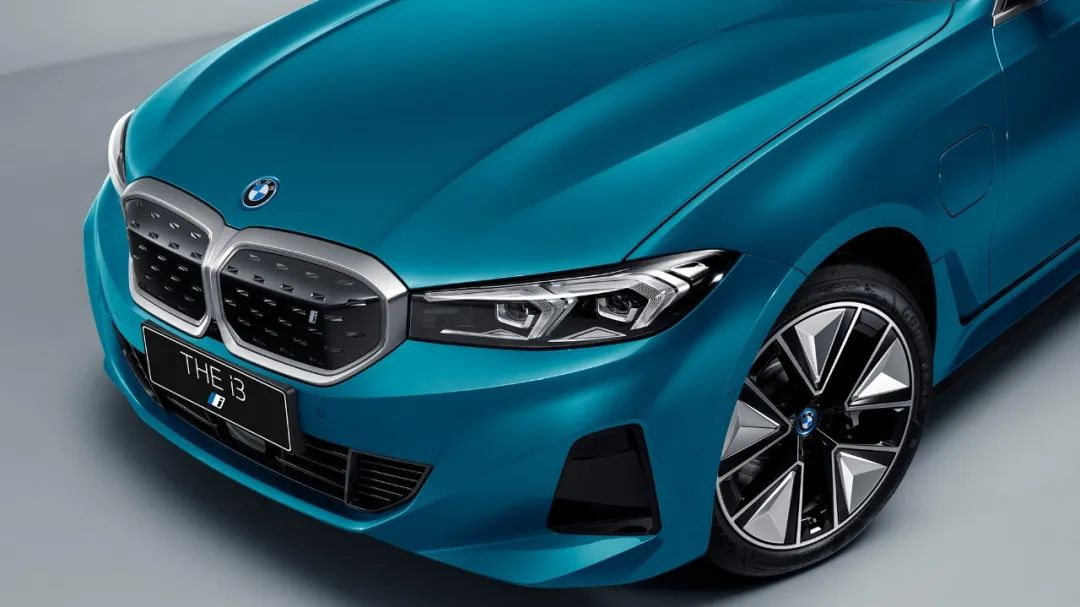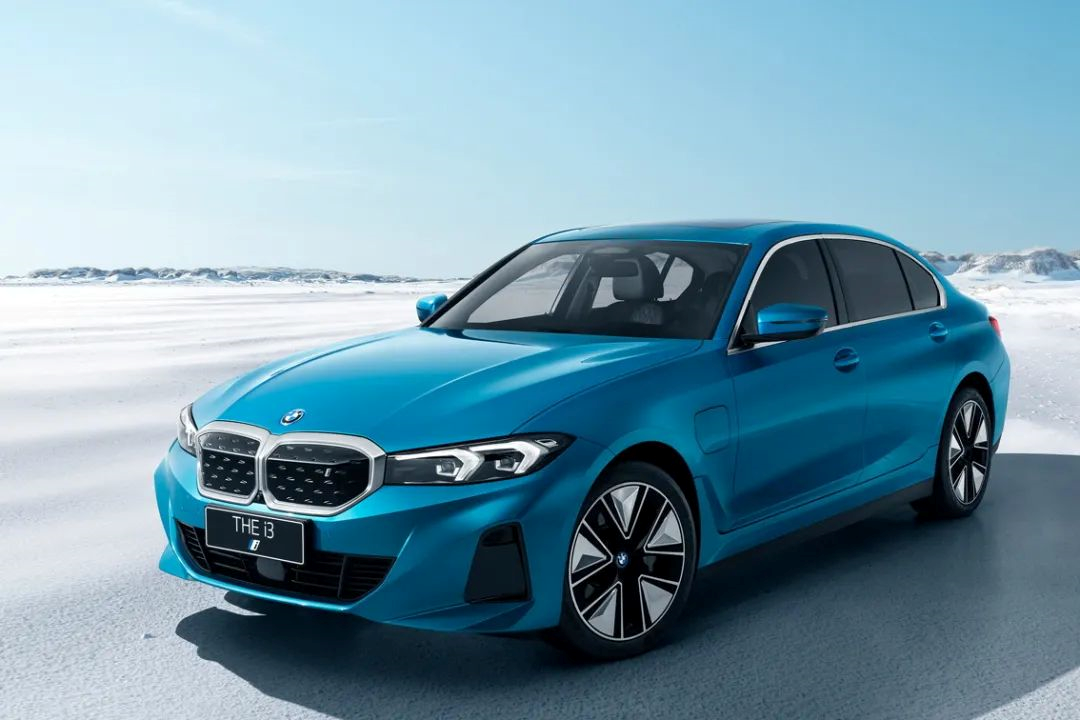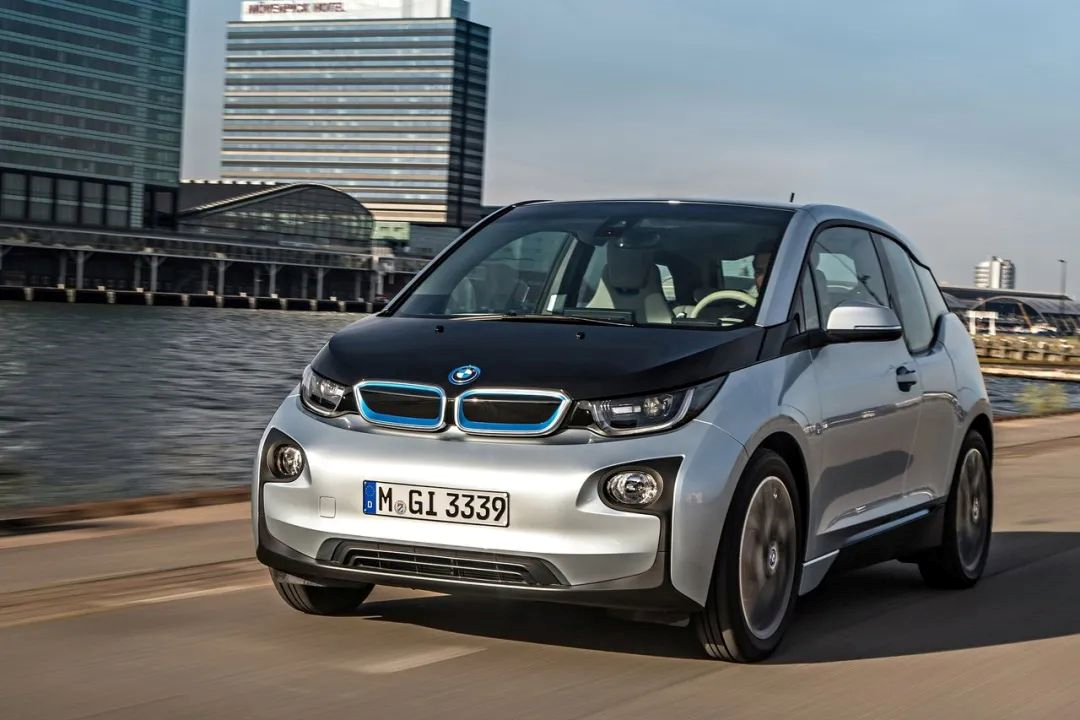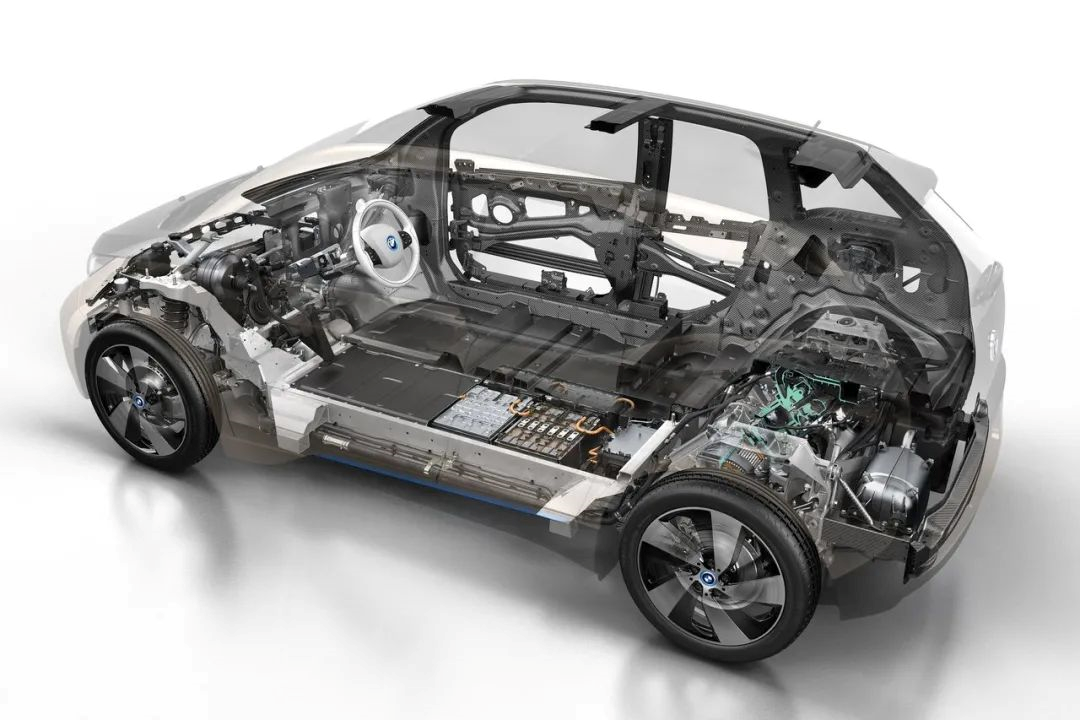BMW is losing its creativity.
Author: CH_陈函
On the last day of last month, at the highly anticipated debut of the domestically produced BMW X5, the HuaChen BMW i3 was quietly released and subsequently went on sale at a suggested retail price of 349,900 yuan.
Back in 2014, when the revolutionary BMW i3 was named one of Time Magazine’s “25 Best Inventions of 2014”, who could have imagined that 8 years later, the name would be inherited by a vehicle completely unrelated to it – a “high-end fuel-to-electricity” special Chinese vehicle.
Obviously, BMW also knows that the current HuaChen BMW i3 is not a legitimate member of the BMW family. It is like BMW’s illegitimate child who is responsible for conquering the world, but cannot inherit the throne, and isn’t even worthy of having a dedicated launch event.
From the BMW i3 to the HuaChen BMW i3, we can see BMW’s powerlessness and sorrow in the era of electrification.
BMW i3, Once the Front-runner of the Era
In 2011, BMW’s sub-brand, “BMW i,” was born, created exclusively for electric cars. At the Frankfurt Motor Show that same year, the BMW i3 and i8 concept vehicles made their stunning debut, showcasing BMW’s innovative ideas and technological strength in the field of electric vehicles to the world.
Two years later, in 2013, the BMW i3 was successfully put into production in Leipzig, Germany, becoming the first mass-produced pure electric vehicle of the BMW i series.
The BMW i3 was once the brightest star of that era. It pursued the ultimate, broke conventions, spared no expense, and impressed everyone with its brilliance. “So, cars can also be made like this.” Looking back at the BMW i3, born 10 years ago, its design, environmental concept, and pursuit of lightweight and electric driving experience, still remain relevant today.
The BMW i3 is a purely electric small car developed from the ground up with the “LifeDrive” modular structure, specially designed by BMW for the two i-series electric vehicles at the time. “Life” represents the passenger cabin, which uses a large amount of ultra-lightweight and high-strength CFRP carbon fiber composite material. “Drive” represents the chassis, which uses a large amount of aluminum material.As the world’s first mass-produced car with a carbon fiber body, the BMW i3 not only leads the trend, but also achieves the ultimate in lightweight design. The BMW i3 has a length of 4006mm, a width of 1775mm, a height of 1600mm, and a wheelbase of 2570mm. The pure electric version with a 19kWh battery has a curb weight of only 1.195 tons. For comparison, the Volkswagen Polo Cross, which is also a small car but slightly smaller in size than the BMW i3, has a curb weight of 1.135 tons.
The BMW i3 has many highlights, and the carbon fiber body is just one of them.
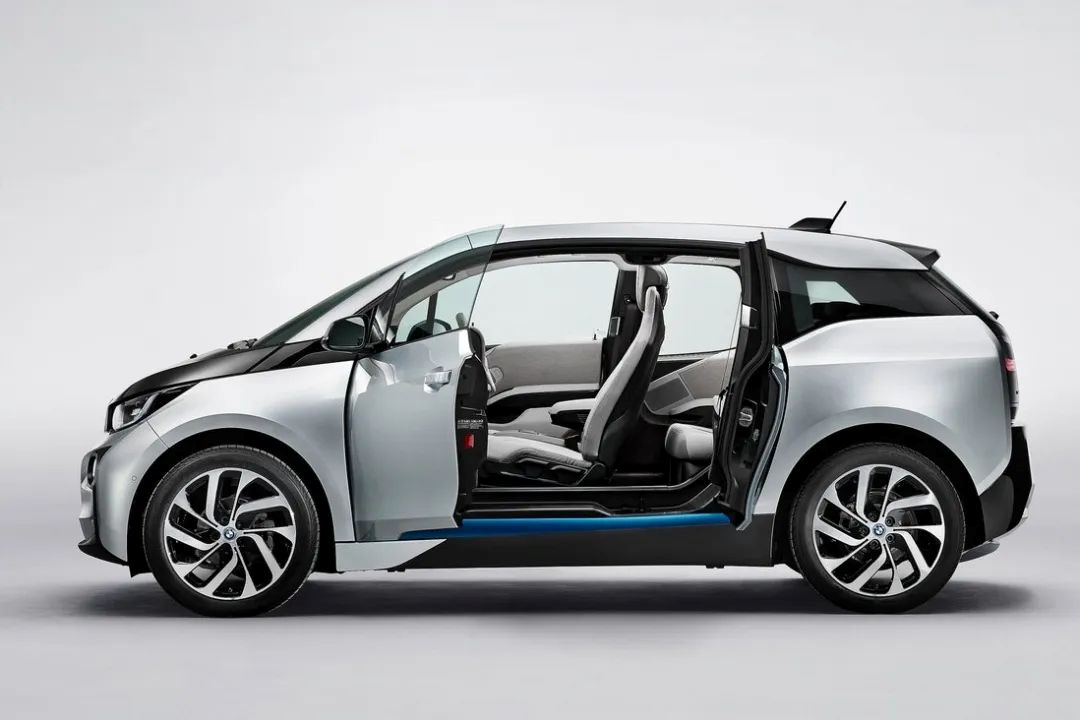
In order to pursue energy conservation and environmental protection, the BMW i3 not only extensively uses environmentally friendly materials in the car, but also uses oddly sized “motorcycle” tires, with a front tire size of 155/70R19 and a rear tire size of 155/60R19.
In order to pursue a unique appearance, BMW not only gives the i3 a unique body proportion and a completely new design language, but also equips it with cool frameless doors and suicide doors.
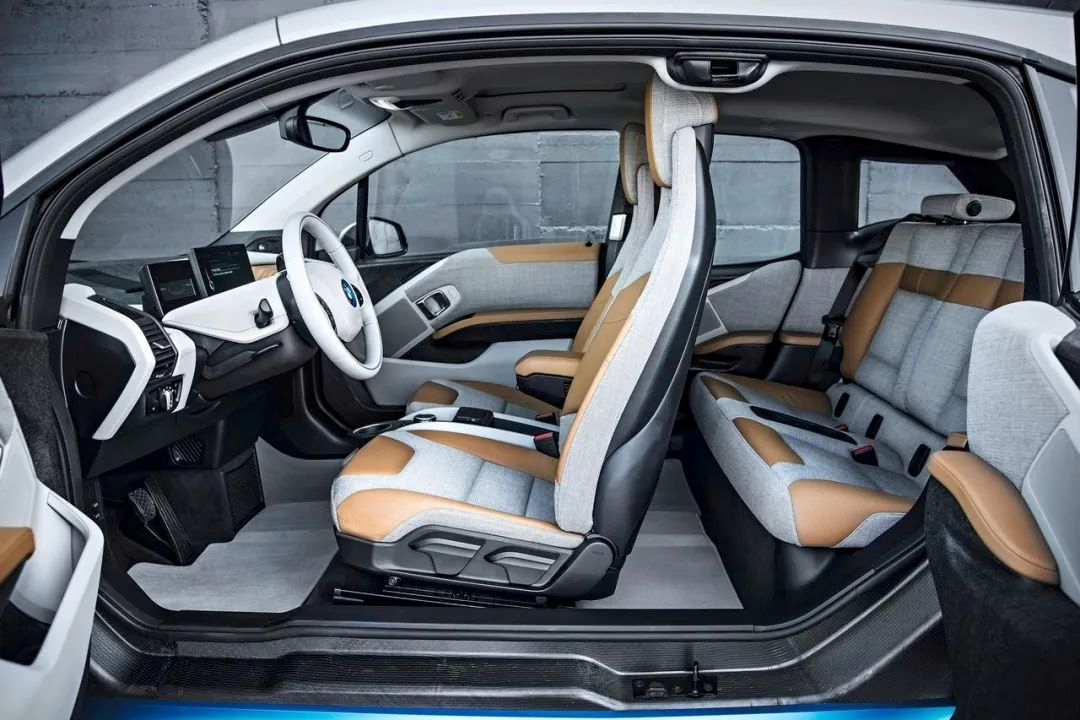
In order to pursue higher space utilization, the BMW i3 not only has a front trunk, but also uses a tunnel that runs through the front and rear rows of the floor.
In order to pursue a better driving experience, the BMW i3 not only uses a rear-wheel drive layout to ensure a 50:50 weight distribution, but also innovatively applies the one-pedal driving mode.
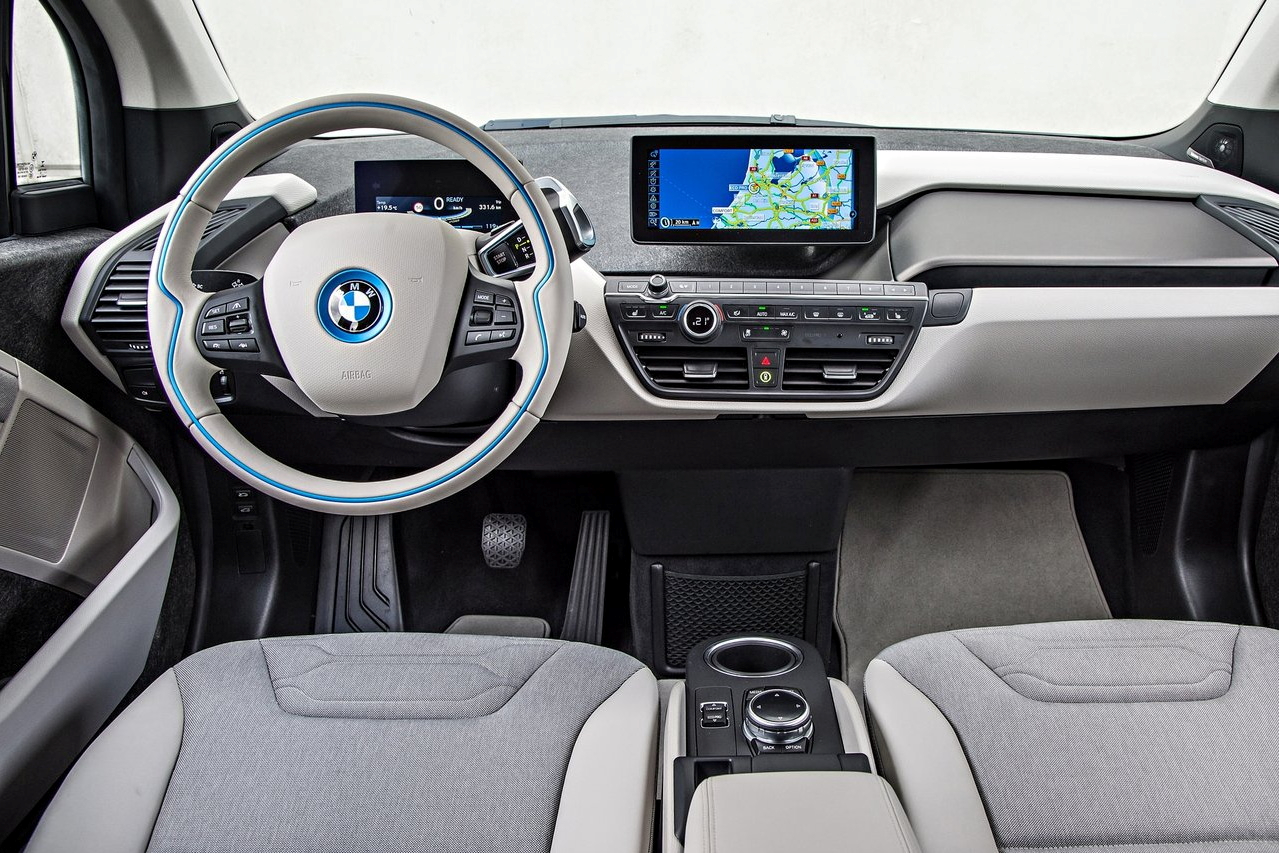
In order to pursue intelligence, the BMW i3 not only can be connected to online applications, the car navigation can display the remaining power and charging station information when arriving at the destination, and the navigation address can be sent to the car’s system via a mobile phone. It can also be equipped with collision warning with braking function and active cruise control with stop and start function.
In order to reduce users’ range anxiety, BMW also prepared a range extender version for the i3. It adds a 0.65-liter range extender under the compact car’s rear axle, allowing it to achieve a comprehensive range of nearly 300km.
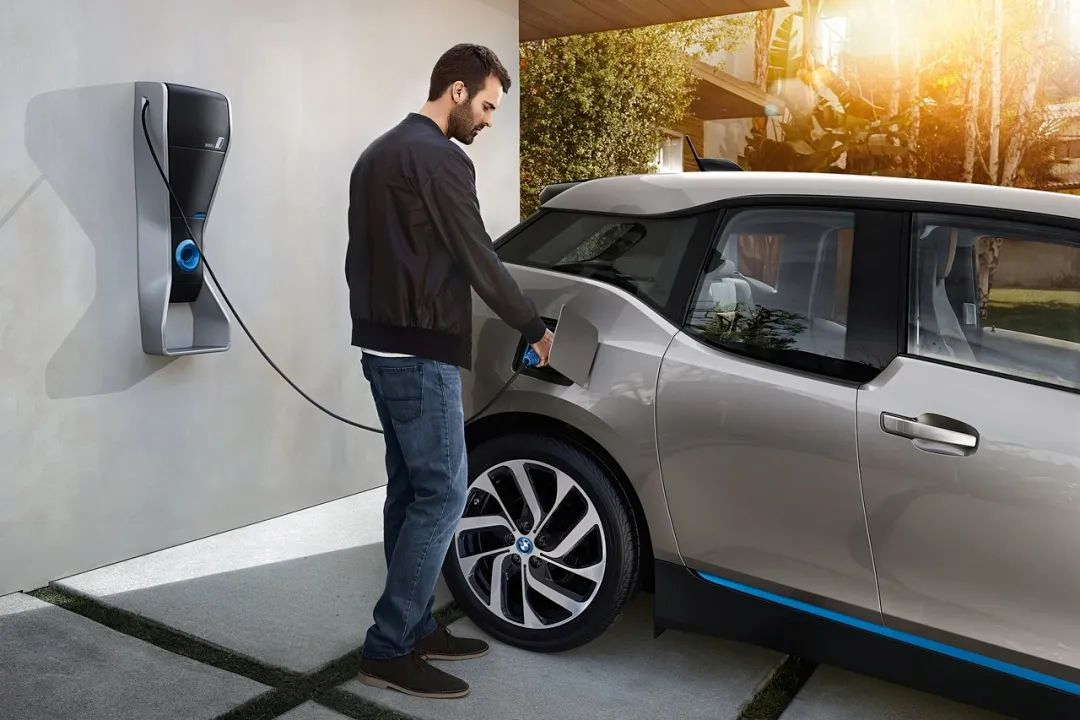 Although limited by the technology at that time, the pure electric range of the BMW i3 was less than 200km and the high price destined it to be a niche model. However, this did not diminish the important position of the BMW i3 in the world automotive history, especially in the history of electric vehicles.
Although limited by the technology at that time, the pure electric range of the BMW i3 was less than 200km and the high price destined it to be a niche model. However, this did not diminish the important position of the BMW i3 in the world automotive history, especially in the history of electric vehicles.
From the BMW i3 of that year, we can see the inspiring design, leading technology, stunning innovation and endless expectations for the future of electrification.
The Huachen BMW i3, the “Advanced Oil-to-Electricity Conversion” Model Lagging Behind the Times
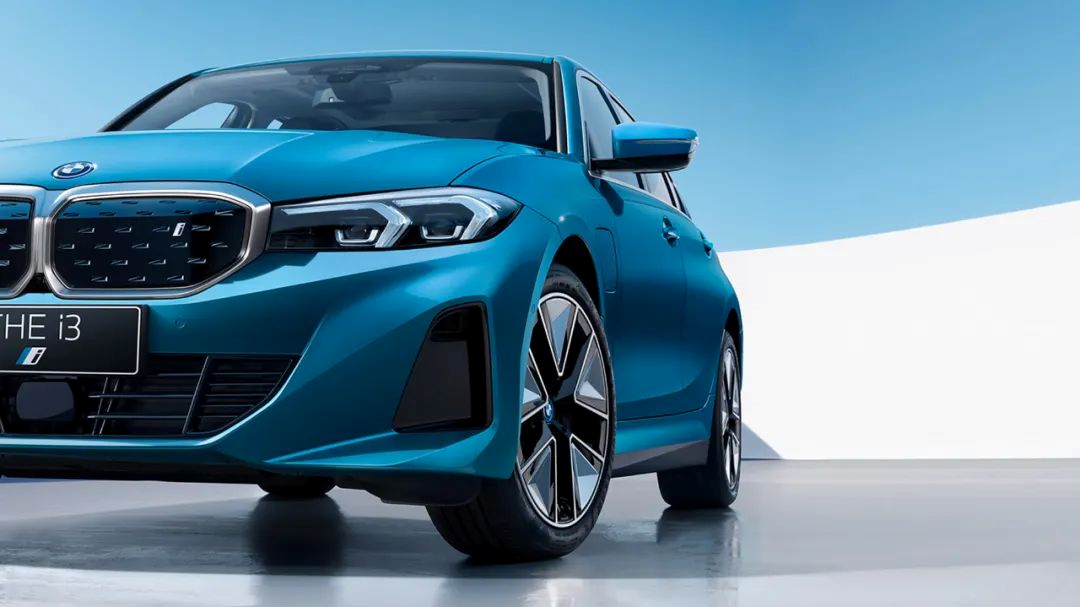
Breaking the good memories, let’s return to the cruel reality.
When this Huachen BMW i3 is placed in front of us, I believe no one will feel surprised or expectant.
In theory, the Huachen BMW i3 cannot be considered as an oil-to-electricity conversion model, at least it should be regarded as an “advanced oil-to-electricity conversion” model. Although it shares the same platform with the BMW 3 Series, BMW’s CLAR platform has considered the demand for purely electric vehicle models since its planning stage. Moreover, perhaps in order to accommodate a larger battery, the Huachen BMW i3 has increased in size and wheelbase compared with the BMW 3 Series, and the frames of the two models are not exactly the same.
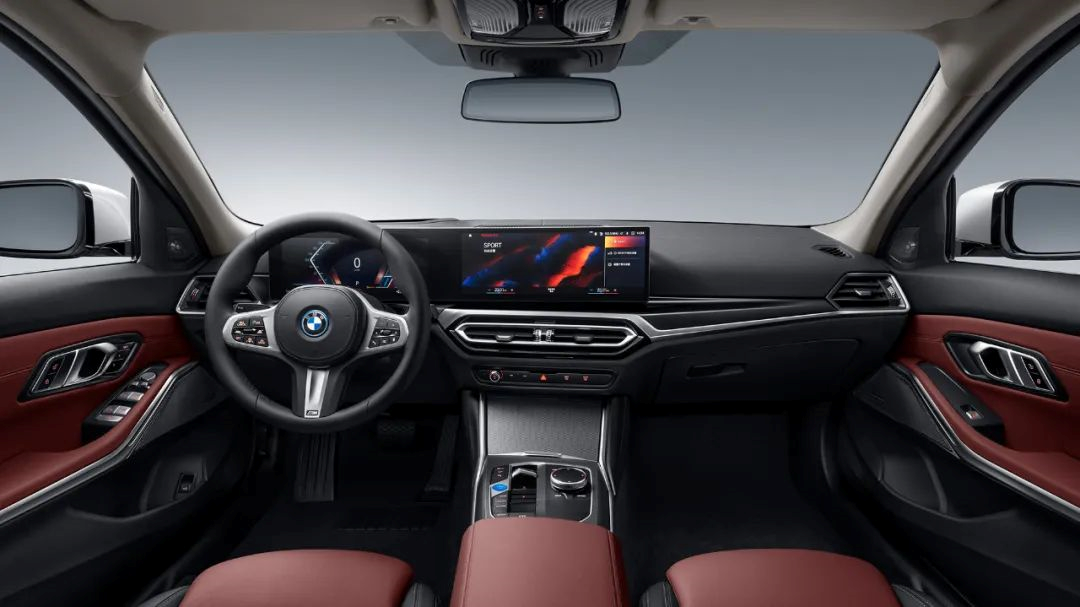
However, compared with models based on the pure electric platform, the “gasoline flavor” of the Huachen BMW i3 is still too strong, with exterior and interior designs basically identical to the BMW 3 Series. The biggest change is just the installation of the iX dual-screen display, but the high bump in the rear floor is still reserved.
The whole car lacks freshness and excitement, and the shock of the release of the i3 years ago is worlds apart.
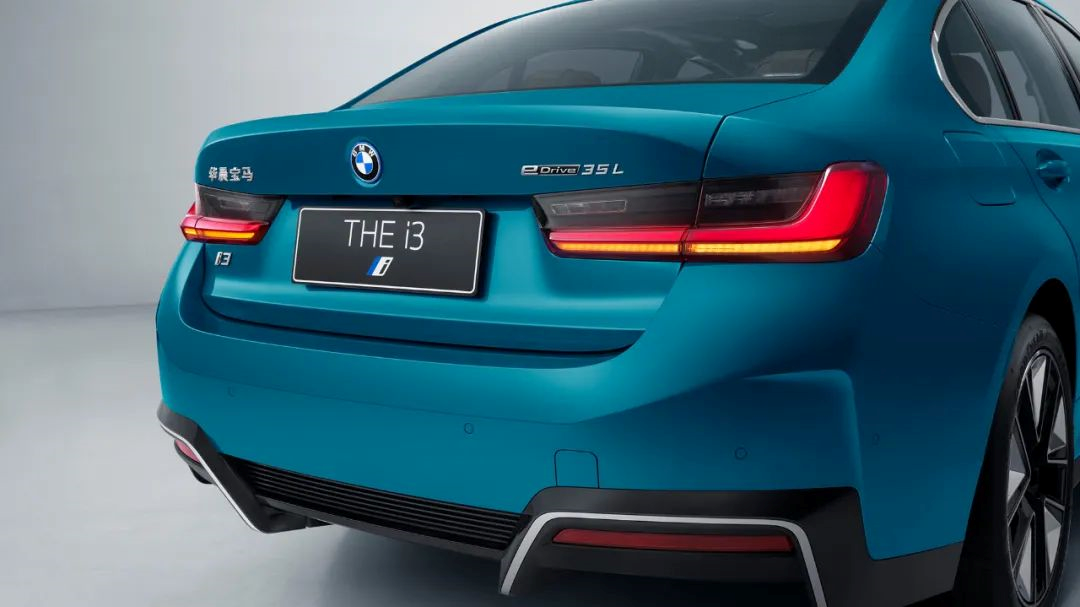
If the car design of the Huachen BMW i3 can still be argued as lacking creativity due to the pursuit of prudence, then its configuration and price are definitely not sincere enough.
The Huachen BMW i3 only has one model, and its price of 349,900 RMB may not seem expensive at first glance. Considering that it is exempt from the purchase tax, its purchasing cost is basically equivalent to the low-end BMW 325Li. However, it has the same power as the 330i, which can reach 100km/h in 6.2 seconds, and the rear axle is equipped with air suspension. Its pure electric range is also 526km (CLTC condition).
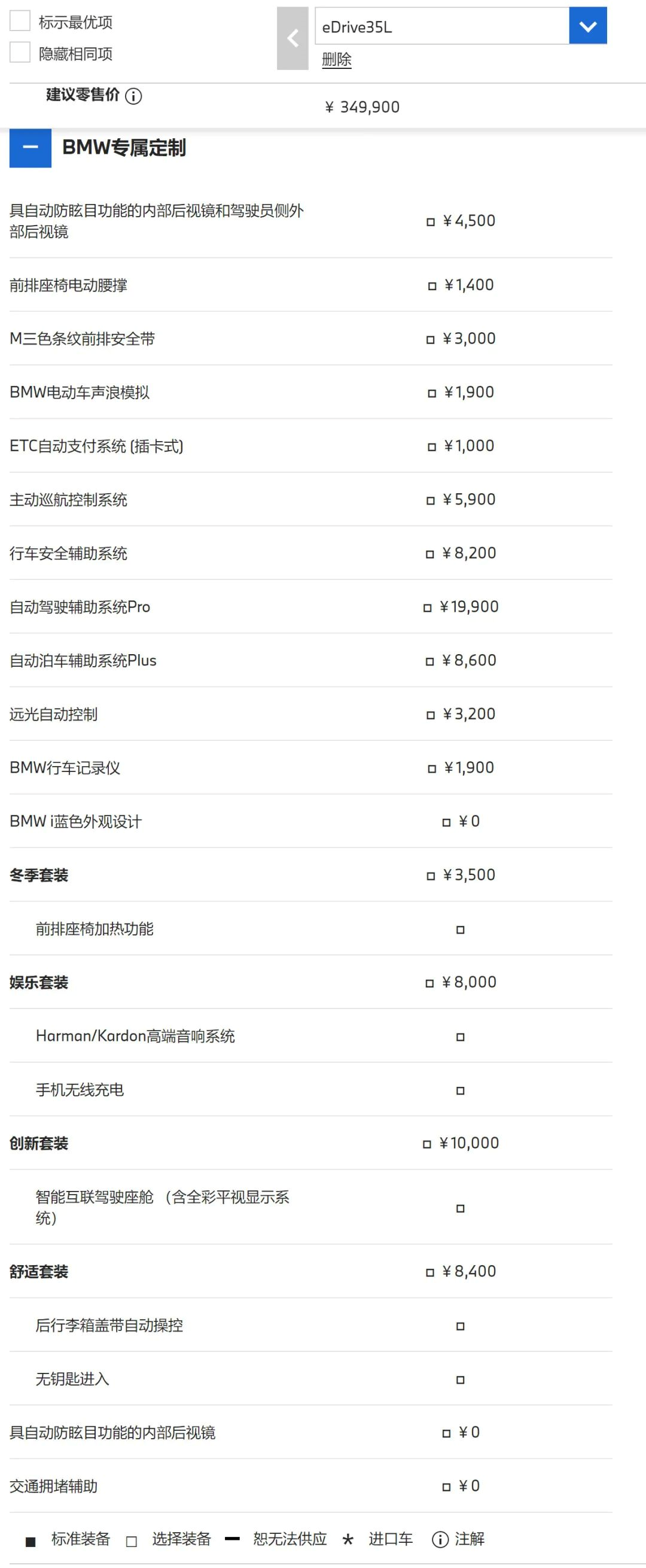 Only when you open its configuration table will you discover the hidden costs behind the price. As a pure electric car model with a price tag of over 300,000 RMB, the BMW i3 from Brilliance Auto surprisingly requires optional equipment for keyless entry, which is bundled with an electric tailgate as a Comfort Package for 8,400 RMB.
Only when you open its configuration table will you discover the hidden costs behind the price. As a pure electric car model with a price tag of over 300,000 RMB, the BMW i3 from Brilliance Auto surprisingly requires optional equipment for keyless entry, which is bundled with an electric tailgate as a Comfort Package for 8,400 RMB.
In addition, the front seat heating is 3,500 RMB, the front seat lumbar support is 1,400 RMB, the active cruise control system is 5,900 RMB, the driving safety assistance system is 8,200 RMB, the automatic driving assistance system Pro is 19,900 RMB, the automatic parking assistance system Plus is 8,600 RMB, the automatic high beam control is 3,200 RMB, the car-mounted driving recorder is 1,900 RMB, and the automatic anti-glare rearview mirror is 4,500 RMB… Even with just a few optional add-ons, the actual landing price of the BMW i3 from Brilliance Auto will reach nearly 400,000 RMB.

The above is a comparison chart of the specifications and configurations of the BMW i3 from Brilliance Auto and the NIO ET5 circulating on the internet. Anyone can easily see which vehicle is more sincere and worth purchasing.
Perhaps my brand loyalty is not pure enough, but I really can’t think of any reason why I would want to buy the BMW i3 from Brilliance Auto. If you really like BMW, it is better to buy a gasoline-powered BMW 3 Series, which may have slightly weaker power but higher configuration for the same price. If you really want to buy a mid-size electric sedan, it is better to choose Tesla Model 3, NIO ET7/ET5, or Xpeng P7. Although they may not have the blessing of the BMW brand or exquisite workmanship, they can definitely bring a better and more modern driving experience.
The Sadness of BMW’s Electrification

“Once traditional automakers make an effort, Tesla and new auto companies won’t stand a chance.”
At least three years ago, we often saw similar comments on the internet. In the eyes of many people, traditional auto companies, such as BBA, cannot compete with Tesla and new domestic automakers in the electric vehicle market because they are not putting in enough effort, they don’t believe in electric vehicles, or they have not been able to make a big strategic shift.
However, on BMW, which launched its electric-exclusive BMW i brand a decade ago, we have seen another side of the story.

Over the years, BMW has also made an effort; After the BMW i3 and i8, but before the BMW iX3, the iX and the i4, but unfortunately, none of them have been successful.From BMW i3 to BMW Brilliance i3, BMW’s leading advantage in the path of electrification has been brutally overtaken by Tesla and domestic new car-making forces, and, sadly, the increasingly climbing sales of BMW are making it “aging” and losing creativity.
In the past, traditional luxury brands led by BBA always brought us the strongest performance, the latest technology, and the most expectations. However, nowadays, BBA has been left behind by the trend of electrification and intelligence, becoming a safe but backward and boring choice.
Yet many traditional giants still seem to be dreaming that “luxury and joint venture brands should sell for more than Chinese brands,” but have never asked themselves why they deserve such a privilege in the age of electrification.
The past BMW once drove countless Bimmer fans crazy and made them devoted to it. But now that BMW has abandoned the pursuit of driving pleasure and the legendary i3 model, what can it do to maintain fans’ faith and brand premium?
This article is a translation by ChatGPT of a Chinese report from 42HOW. If you have any questions about it, please email bd@42how.com.
